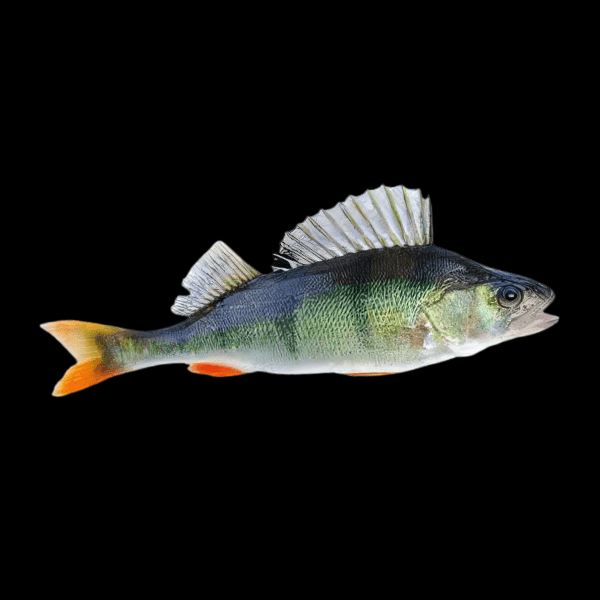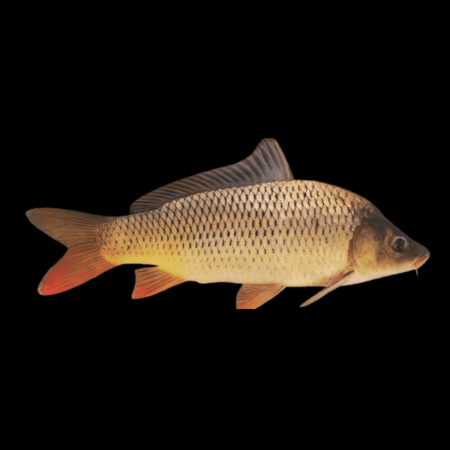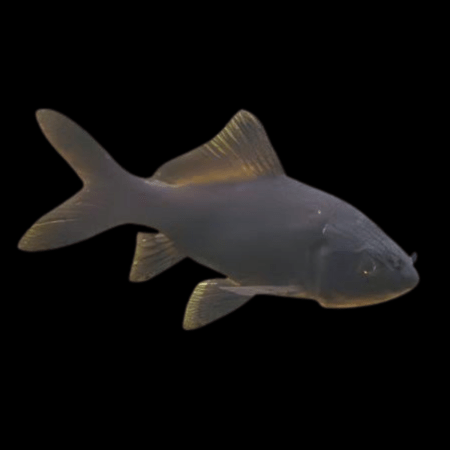Description
European Perch Perca Fluviatilis 10cm
Overview: The European Perch, scientifically known as Perca fluviatilis, is a visually striking freshwater fish known for its vibrant green and red coloring, and distinct dark vertical bars along its sides. Growing up to 12 inches in length, they are a popular choice for larger home aquariums and outdoor ponds.
Origin: Native to Europe and parts of Asia, the European Perch thrives in various freshwater habitats, including rivers, lakes, and streams. They are well-adapted to temperate climates and can often be found in areas with abundant aquatic vegetation.
Feeding: As carnivorous fish, European Perch have a diet mainly consisting of smaller fish, insects, and invertebrates. In aquarium settings, they do well with a variety of foods such as frozen or live brine shrimp, bloodworms, and high-quality carnivore pellets. Regular feeding and a balanced diet are essential for their health and vibrant coloration.
Tank Mates: European Perch are generally peaceful with larger fish but can be predatory towards smaller species. Ideal tank mates include other medium to large-sized, temperate freshwater fish. Avoid housing them with small, slow-moving, or long-finned fish.
Aggression: While not typically aggressive, they can exhibit territorial behaviors, especially during breeding. Providing ample space and hiding spots can help minimize aggressive interactions in the tank.
Experience Level: Due to their size and specific care requirements, European Perch are best suited for intermediate to advanced aquarists. They require a spacious tank and consistent water quality maintenance.
Water Parameters:
- Temperature: 10°C to 20°C (50°F to 68°F)
- pH: 6.5 to 8.0
- Hardness: Moderate
- Tank Size: Minimum of 200 liters (50 gallons), larger is preferable for adult fish
Regular water changes and a well-filtered aquarium are crucial to maintain optimal water conditions. European Perch are sensitive to poor water quality, so diligent monitoring and maintenance are essential for their well-being.





